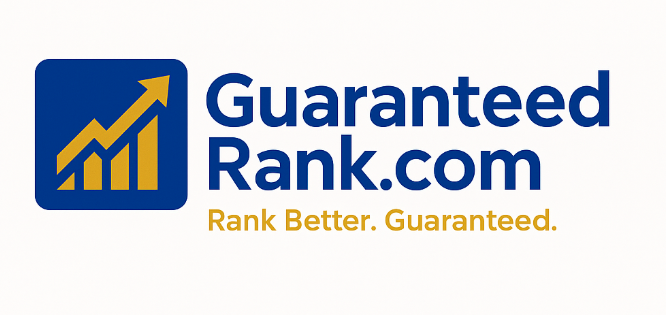To analyze the success of your competitors' SEO efforts, you can take a systematic approach that involves tracking their keyword rankings, backlink profiles, content strategies, and website performance. Here’s a step-by-step guide:
1. Identify Your Competitors
- Direct Competitors: These are businesses in the same niche with similar products or services.
- SEO Competitors: These might not be direct competitors but rank for the same keywords or target the same audience.
2. Keyword Research and Ranking Analysis
- Keyword Gap Analysis: Use tools like SEMrush, Ahrefs, or SpyFu to compare the keywords your competitors are ranking for versus yours. This helps identify opportunities.
- Check Keyword Rankings: See how well your competitors rank for key terms related to your industry using tools like Ahrefs or SEMrush. Focus on their position, volume, and keyword difficulty.
- Content Relevance: Evaluate the keywords they’re targeting. Are they focused on informational or transactional keywords? What’s the user intent behind their target keywords?
3. Backlink Profile
- Backlink Analysis: Tools like Ahrefs or Majestic provide insight into the quality and quantity of backlinks pointing to your competitors’ sites.
- Check the domain authority of the backlinks.
- Identify the anchor text they use.
- Look at link-building strategies, such as guest posts, PR mentions, or partnerships.
- Compare Link Profiles: See where competitors are getting links from and whether there are any easy opportunities for you.
4. On-Page SEO Factors
- Content Quality: Analyze the structure, word count, and depth of your competitors' content. Is it well-researched and comprehensive? Look at how they incorporate keywords in headings, subheadings, and throughout the text.
- Meta Tags Optimization: Check their title tags, meta descriptions, and header tags to see if they are optimized for SEO and user intent.
- Internal Linking: Look at their internal linking structure and see how they organize content for both search engines and users.
- Content Freshness: Are they regularly updating their content, adding blog posts, or improving existing pages?
5. Technical SEO
- Site Speed: Tools like Google PageSpeed Insights or GTMetrix help you measure how fast your competitors' sites load. A fast site is critical for both SEO and user experience.
- Mobile Optimization: Use Google Mobile-Friendly Test to check if their website is optimized for mobile. Mobile optimization is crucial for SEO.
- Core Web Vitals: These are signals related to loading performance, interactivity, and visual stability. Tools like Google Search Console or Web Vitals can provide insights into how competitors’ sites perform.
6. Social Media and Engagement Signals
- Social Signals: Track how active your competitors are on social media and how much engagement (likes, shares, comments) their content receives. While social signals are not a direct ranking factor, they can indirectly affect SEO by driving traffic and increasing visibility.
- Brand Mentions: Use tools like Mention or BuzzSumo to see where your competitors are being mentioned online. These mentions could be from reviews, blog posts, or forums that indirectly impact their SEO.
7. Traffic Analysis
- Traffic Sources: Using tools like SEMrush or SimilarWeb, analyze where your competitors are getting their traffic from (organic search, paid search, direct, social, etc.). This can help you understand which channels are driving the most success for them.
- Top Pages: Identify their top-performing pages using tools like Ahrefs or SEMrush. This shows which content resonates most with their audience.
8. Evaluate User Experience (UX)
- Site Structure and Navigation: Ensure that competitors have a clear and user-friendly site structure that helps both users and search engines find content easily.
- Bounce Rate and Dwell Time: While it’s difficult to get exact metrics for competitors, tools like SimilarWeb can give you estimated data about user engagement on their site, including how long visitors stay and how they interact with the site.
9. Competitive Advantage
- Unique Selling Propositions (USPs): Analyze what makes your competitors stand out in the market. Is it their content quality, their backlink portfolio, or their UX?
- User Reviews and Sentiment: Look at user reviews, forum discussions, and testimonials to gauge their reputation. Tools like Trustpilot, Google Reviews, or Yelp can offer insights into their customer feedback, which influences local SEO and brand reputation.
Tools to Help You Analyze Competitors’ SEO Efforts:
- SEMrush: Offers keyword research, backlink analysis, traffic analytics, and a site audit tool.
- Ahrefs: Focuses on backlink analysis, keyword rankings, and site audits.
- SpyFu: A great tool for competitive keyword analysis, both organic and paid.
- Moz: Offers keyword tracking, backlink analysis, and domain authority data.
- Google Search Console: For tracking your own SEO efforts and seeing competitor performance via shared searches (if applicable).
- SimilarWeb: Offers traffic and engagement insights for any website.
By analyzing these factors, you can identify where your competitors are excelling and uncover opportunities to improve your own SEO strategy.











0 Comments